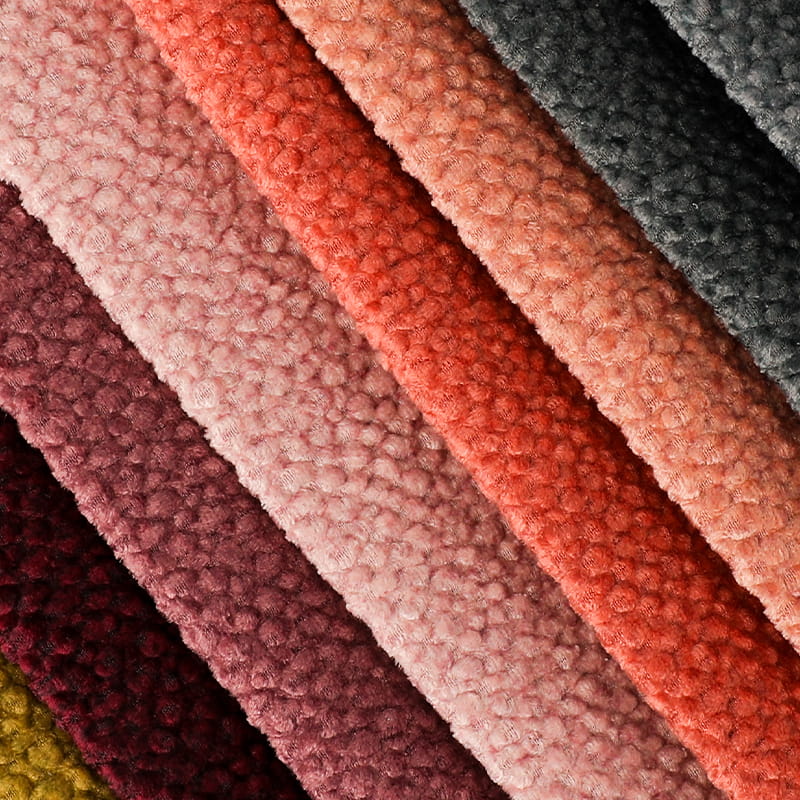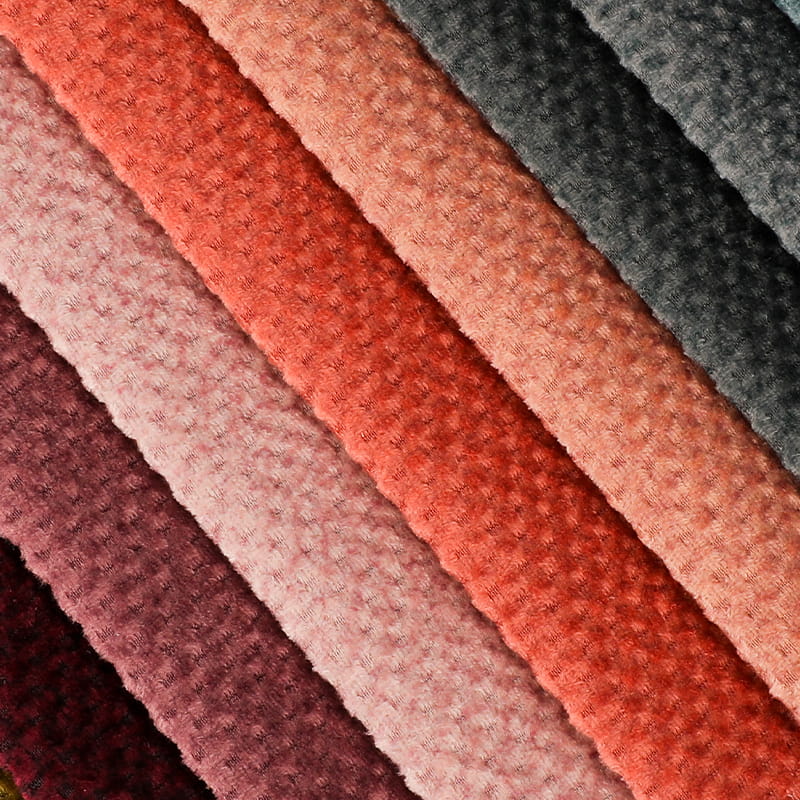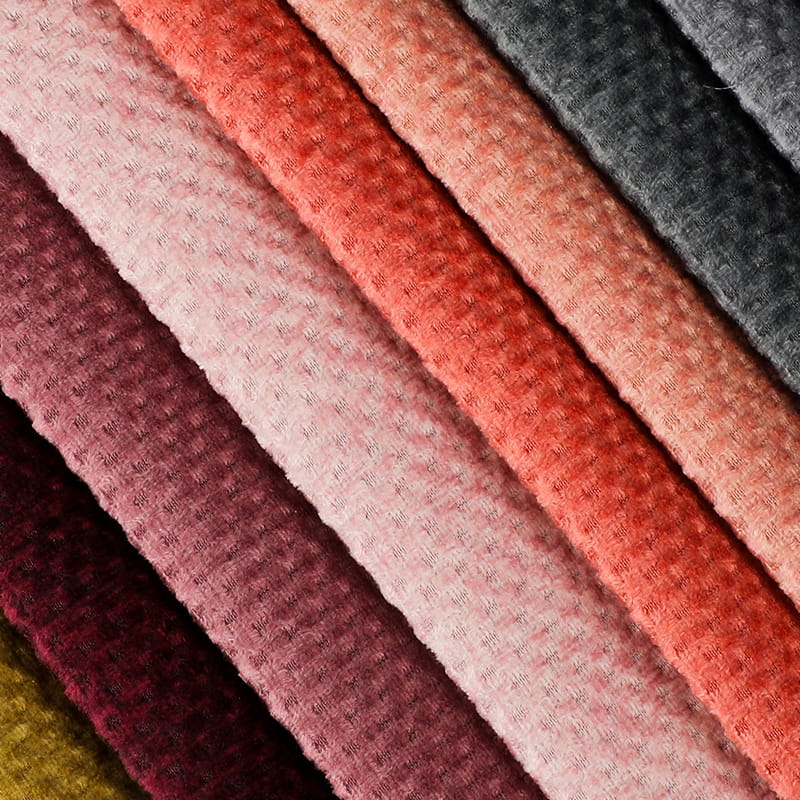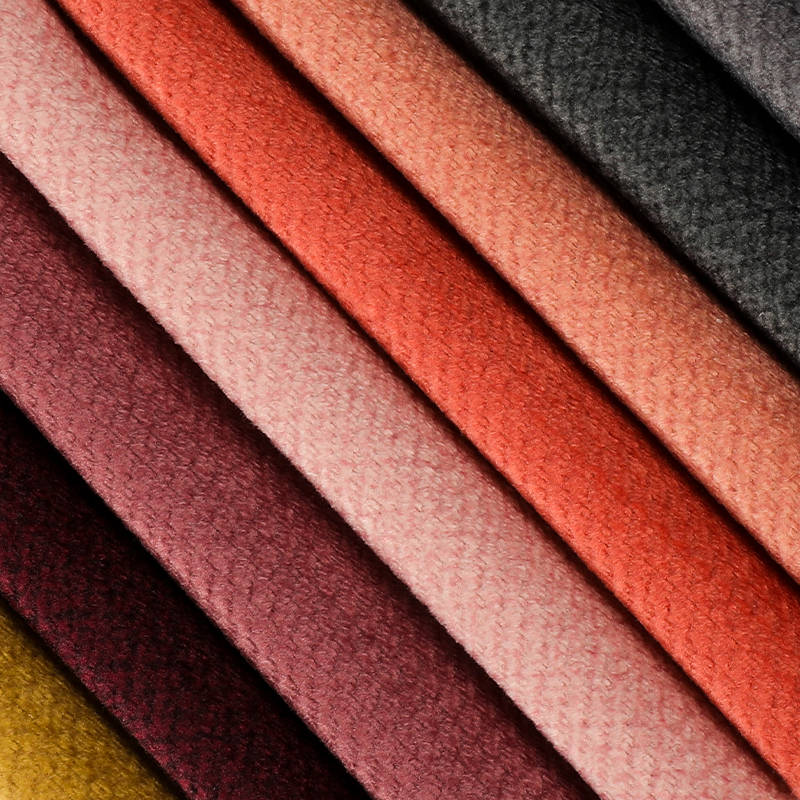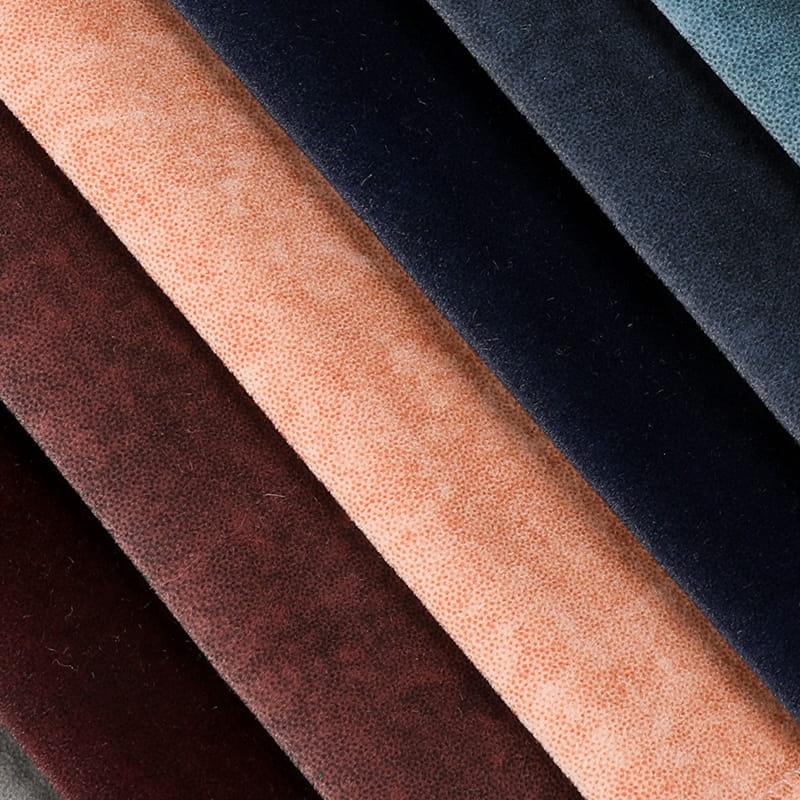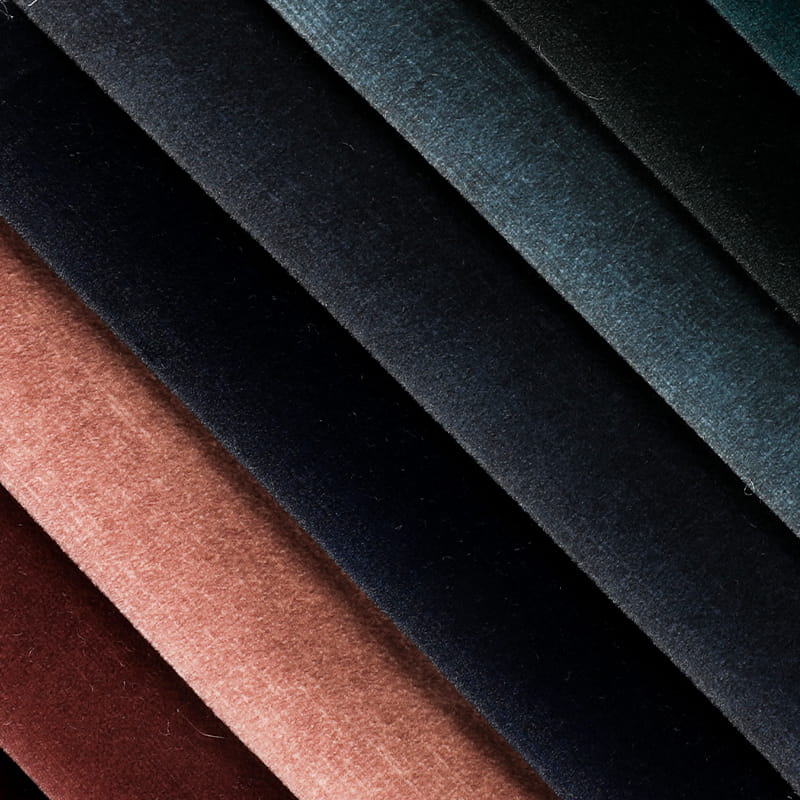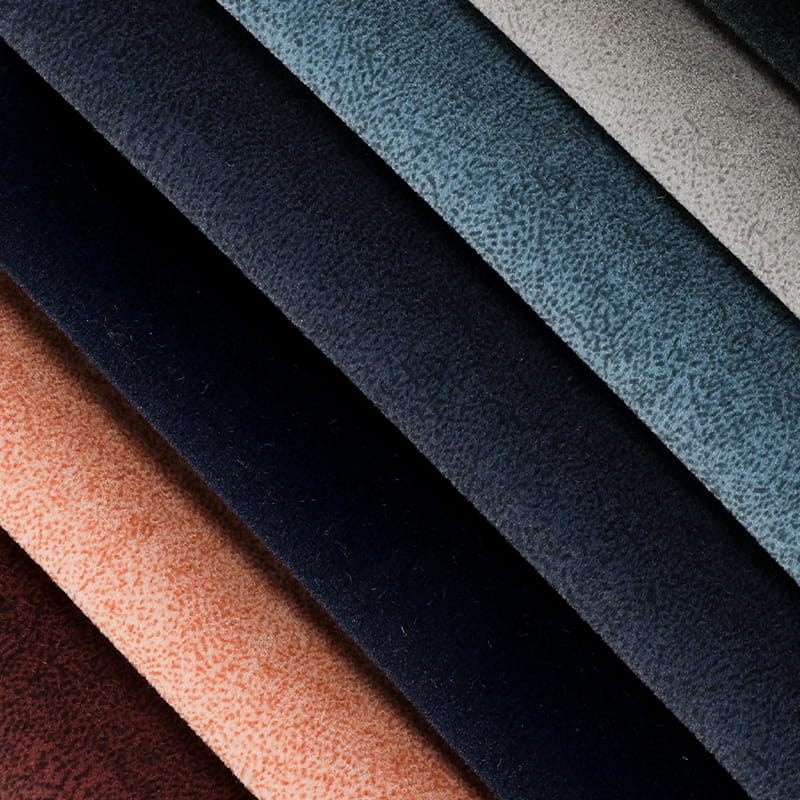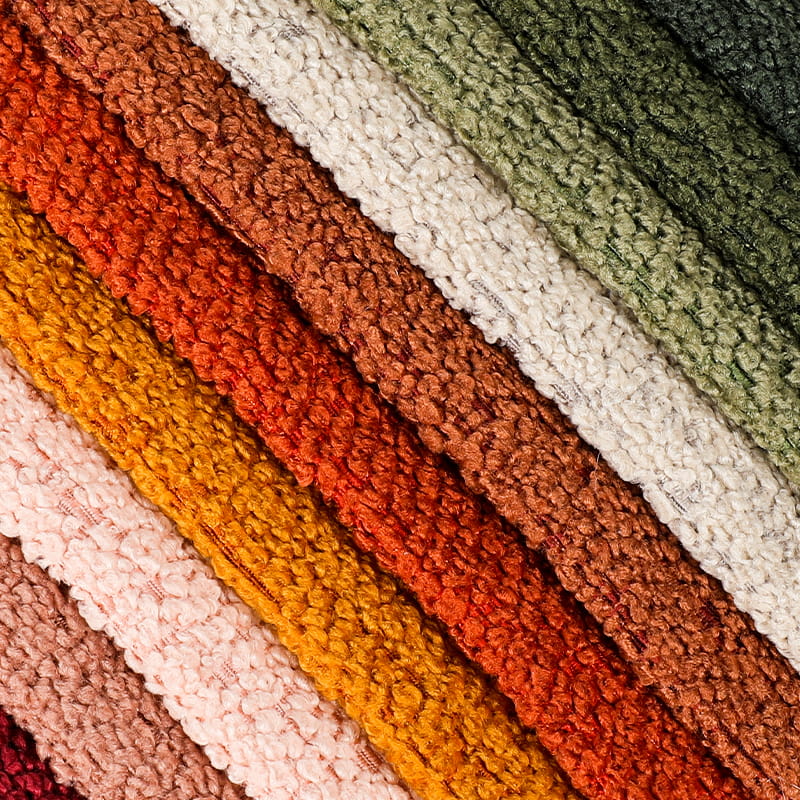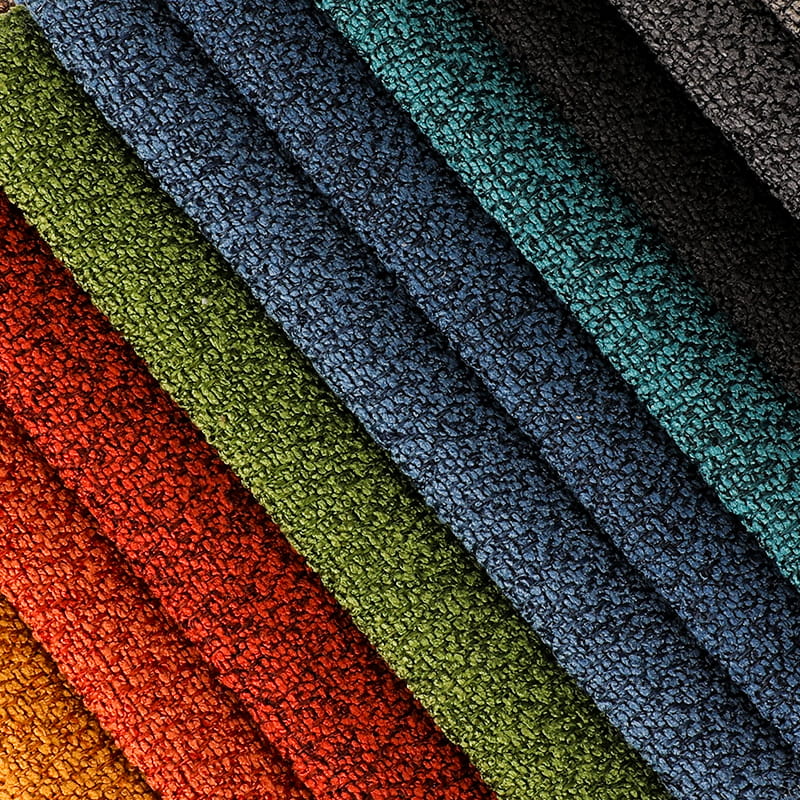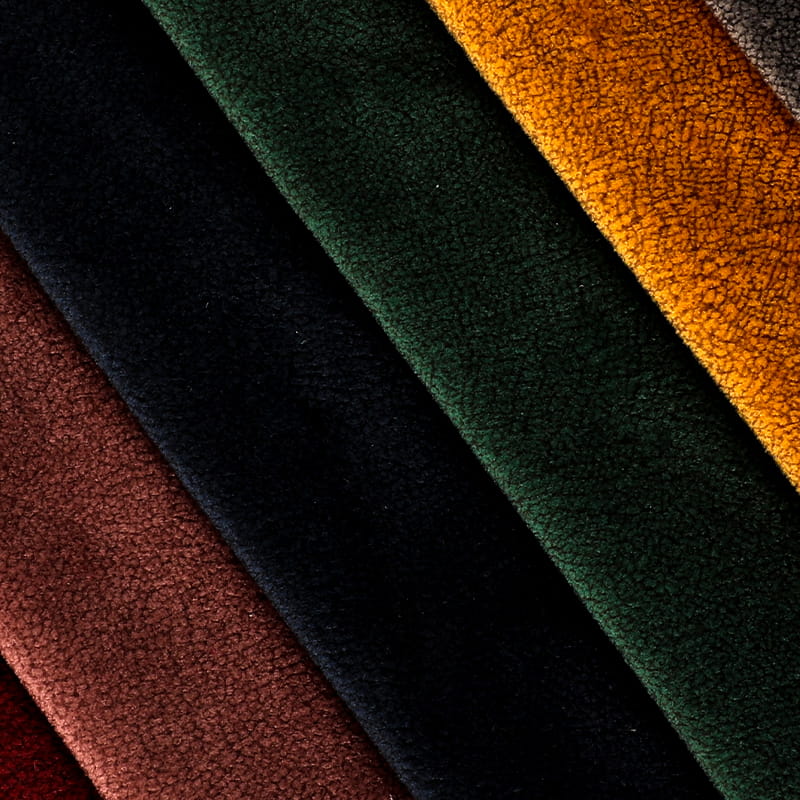In the ever-changing technological wave, the textile industry is undergoing an unprecedented change. With the growing demand for functional clothing, waterproof technology fabrics, as the best among them, are leading the perfect combination of fashion and function with their unique charm and performance.
The concept of waterproof fabrics is not a new thing, but it has only entered the stage of technological and intelligent development in recent decades. Early waterproof treatments mostly relied on wax coatings or natural oils. Although these methods can achieve waterproof effects to a certain extent, their poor air permeability and low durability limit their wide application. With the advancement of nanotechnology and polymer material science, modern waterproof technology fabrics have emerged. They not only have significantly improved waterproof performance, but also achieved a qualitative leap in air permeability, wear resistance, and lightweight.
The core of waterproof technology fabrics lies in their unique surface treatment technology and internal structure design. On the one hand, through micro-nano coating or film technology, a super-hydrophobic layer is formed on the surface of the fabric, making it impossible for water droplets to penetrate; on the other hand, a porous structure design is adopted to ensure that air and water vapor molecules can be effectively exchanged, achieving the dual effects of "waterproof and breathable".
Core technology
Nano coating technology: Use nanoparticles to modify the surface of the fabric to form an extremely thin waterproof layer without affecting the original texture of the fabric.
Microporous film technology: Use microporous polyurethane or polytetrafluoroethylene film, the pore size is smaller than water droplets but larger than water vapor molecules, to achieve efficient waterproof and breathable.
Three-dimensional weaving technology: Through a special weaving process, a complex channel structure is formed inside the fabric, which enhances the breathability while maintaining the strength and durability of the fabric.
The application range of waterproof technology fabrics is extremely wide, from outdoor adventure equipment, professional sportswear, to daily casual wear, military protective clothing, and even car interiors and building exterior wall materials. Especially in the field of outdoor sports, waterproof technology fabrics have become one of the important indicators for measuring equipment performance, providing reliable protection for explorers.
With global climate change and the frequent occurrence of extreme weather events, people's demand for waterproof clothing is increasing. At the same time, with the improvement of consumers' awareness of health and environmental protection, the development of environmentally friendly and recyclable waterproof fabrics has become a new trend in the industry. The application of environmentally friendly technologies such as bio-based materials and water-based coatings has injected new vitality into the development of waterproof technology fabrics.
In the future, waterproof technology fabrics will continue to develop in the direction of intelligence and personalization. Combined with the Internet of Things and sensor technology, develop smart clothing that can automatically adjust temperature and monitor health status; use 3D printing technology to achieve customized design of fabric patterns and structures to meet the diversified needs of consumers. As the concept of sustainable development is deeply rooted in the hearts of the people, the development of more environmentally friendly and efficient waterproof processing technology will be the key to the sustainable development of the industry.



 English
English Español
Español